Nebulae
A nebula is a huge interstellar cloud of dust, hydrogen gas and plasma. The gas, dust and other matter join together and eventually become big enough to form a new born star. Nebulae are often referred to as star nurseries. Insert the grey disc into the projector.
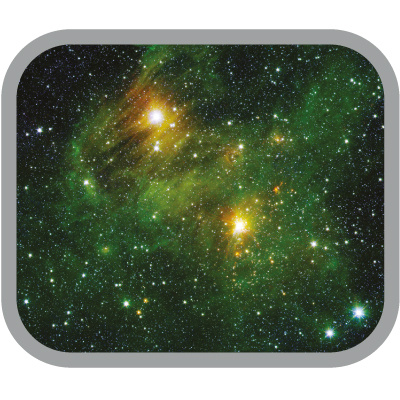
Bright Stars
This photo from the Spitzer Space Telescope shows two very bright stars in a green mist. The mist is made up of hydrogen and carbon compounds, which are also found on Earth in sooty vehicle exhaust. In space these compounds form in dark clouds which give rise to stars. They are not actually green but are coloured in this photo, so that scientists can study them better.
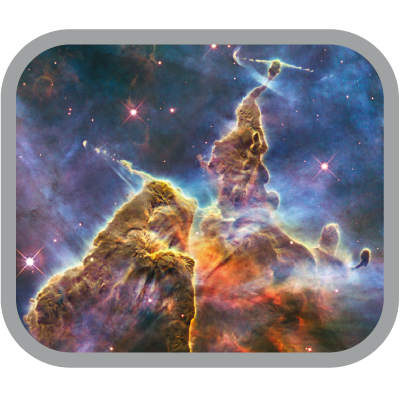
Carina Nebula
A mountain of dust and gas is rising in the Carina Nebula. This pillar of cool hydrogen is three-light-years tall and is being worn away by radiation from nearby stars. Stars within the pillar release jets of gas that seem to stream out from the sides. This photo was taken by the Hubble Telescope to celebrate its 20th anniversary.
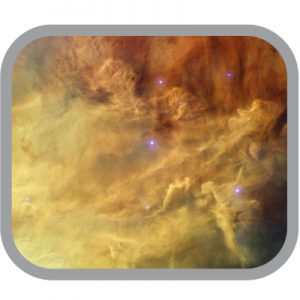
Lagoon Nebula
The Lagoon Nebula, or M8, is a star forming region in the constellation Sagittarius. This very detailed Hubble Telescope photo shows shapes created by the light and wind from new born stars.
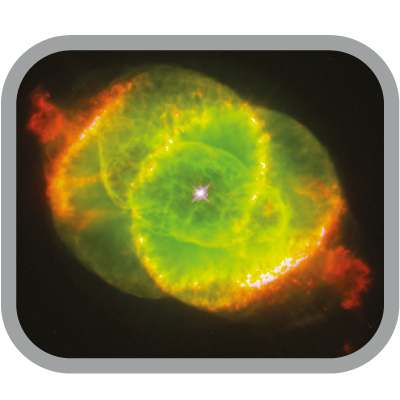
Cat’s Eye Nebula
NGC 6543, nick-named the Cat’s Eye Nebula, is one of the most complex nebulae ever seen. It is 3,000 light-years away in the northern constellation of Draco and is over 1,000 years old. Its amazing structure is formed by gas shells, jets of high speed gas and knots of gas. This Hubble photo was created by taking three separate images at different wavelengths.
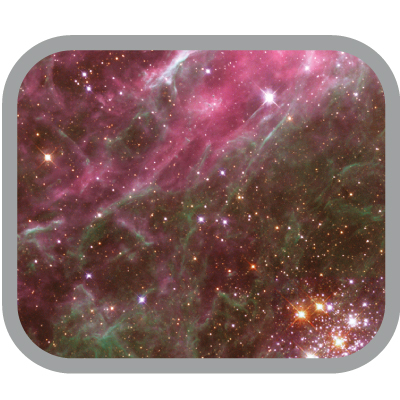
Tarantula Nebula
The Tarantula Nebula is a very active region that is located inside the Large Magellanic Cloud, an irregular galaxy near to the Milky Way. At the lower right of the photo is a cluster of massive, brilliant stars called Hodge 301. This cluster contains many stars that have exploded as supernovae, blasting debris out of the nebula at speeds of over 320km (200 miles) per second.
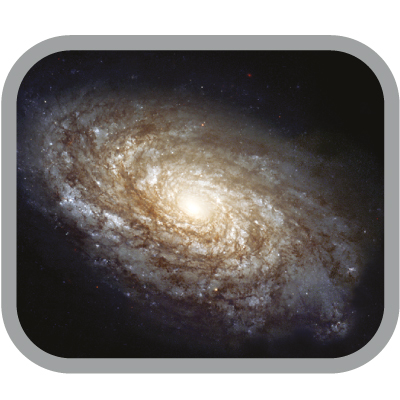
Spiral Galaxy
This amazing photo is a unique full-colour look at an entire dusty spiral galaxy over 60 million light-years away. The central regions contain older yellow and red stars. The outer arms are bluer due to the formation of young blue stars and are also full of interstellar dust, seen as dark patches and streaks.
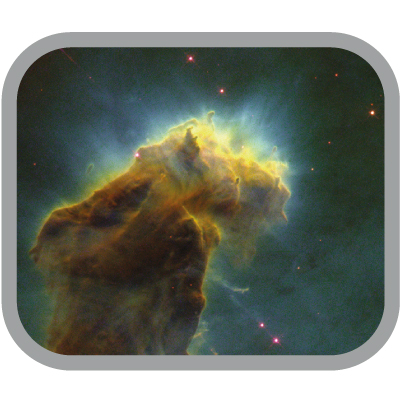
Eagle Nebula
This strange image, which looks like a snake’s head, is a column of cool molecular hydrogen gas and dust that is a nebula. The stars are forming in extensions at the top that look like fingers. The tip of every “finger” is bigger than our own solar system!
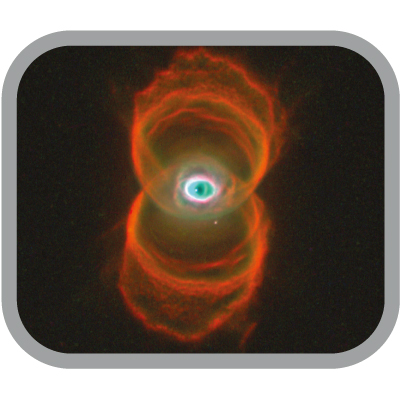
Hourglass Nebula
The central sun-like star in this nebula is dying because it has no more nuclear fuel. The outer layers are being ejected, creating this spectacular effect, and the core cooling and fading to become a white dwarf.
